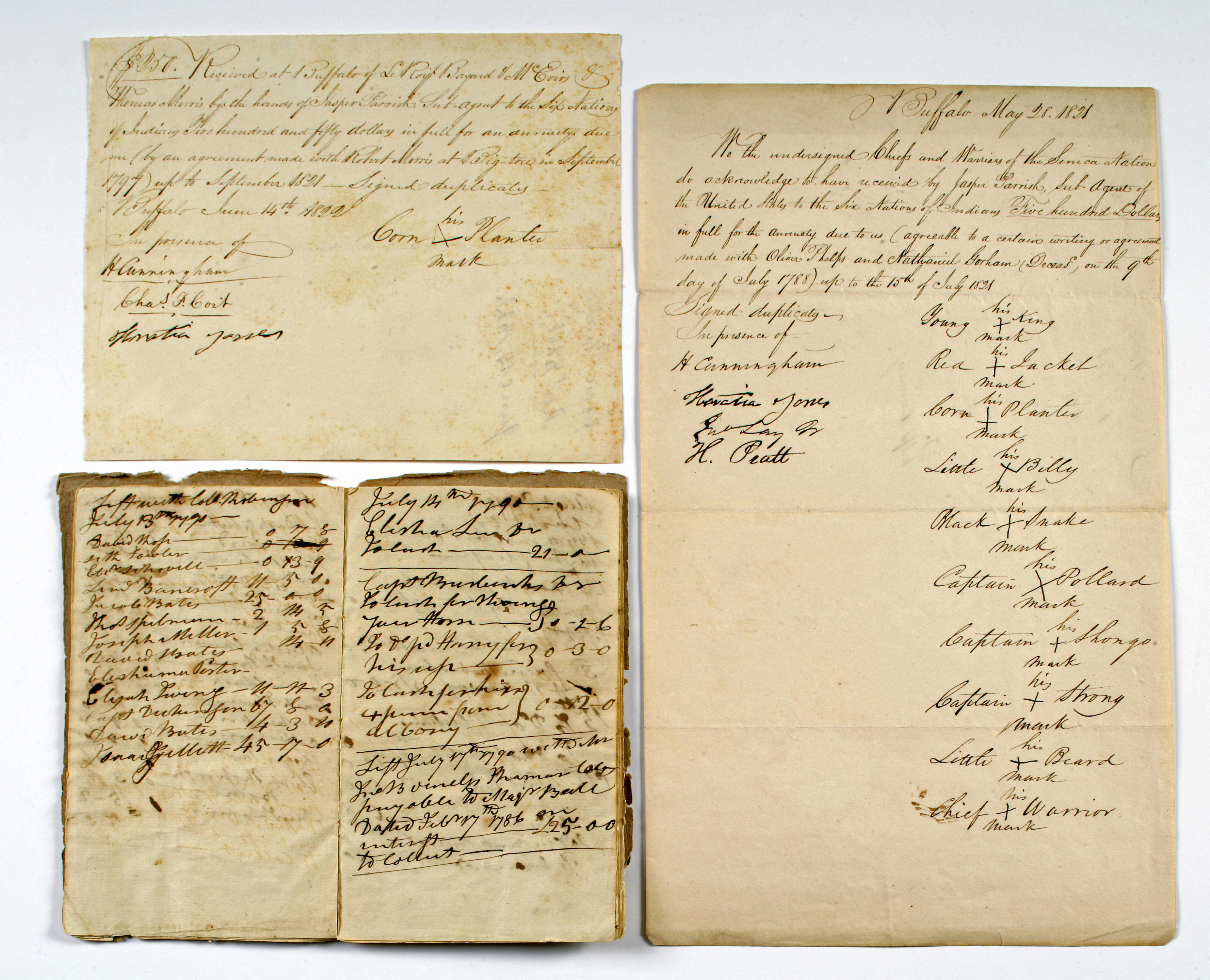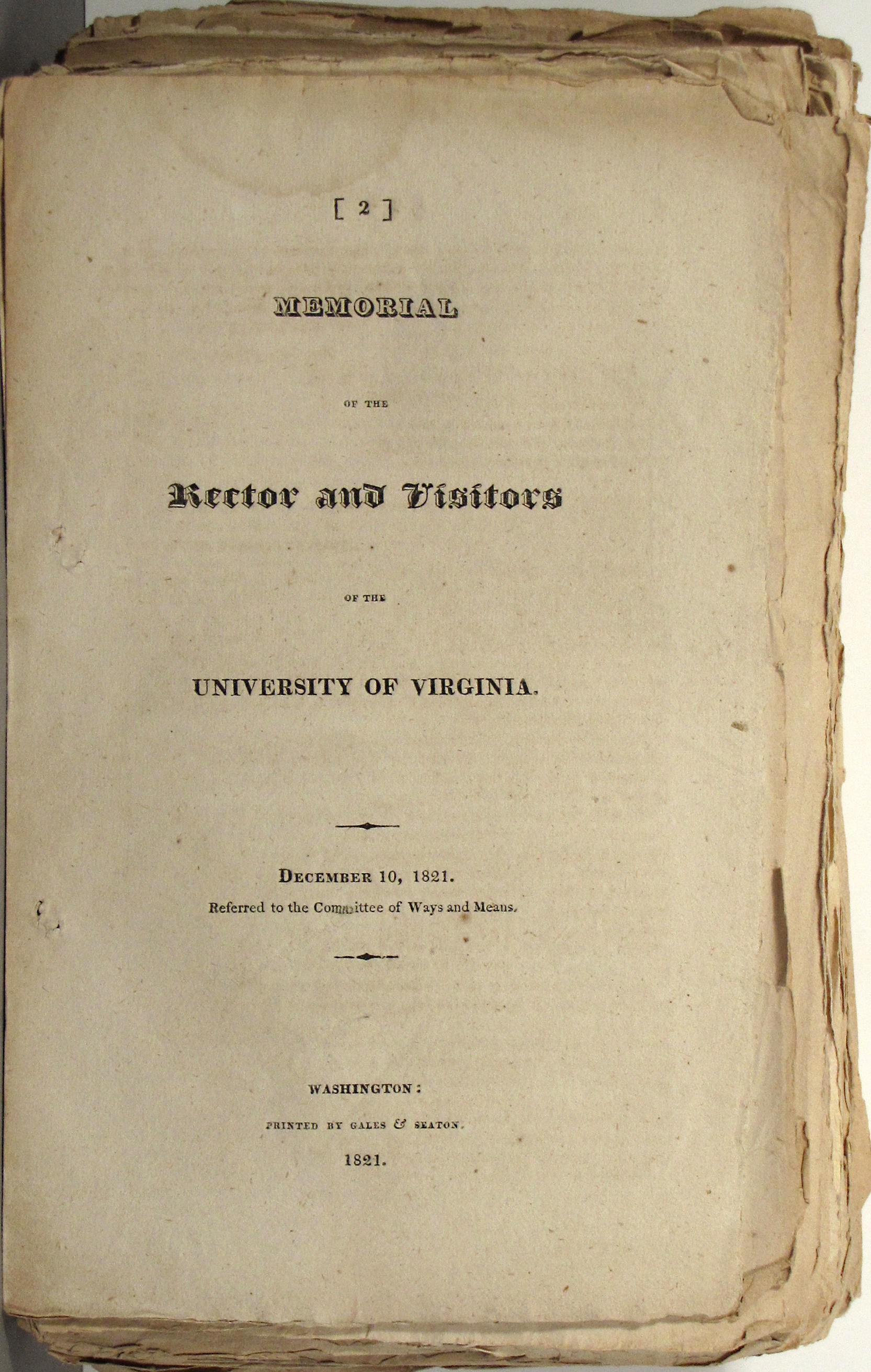Mysore is the second biggest city in the state of Karnataka approx 140km from Bangalore and is the erstwhile capital of the Mysore Maharajas who ruled the Mysore State for several centuries. It is also known as the City of Palaces and the current Mysore Palace - the fourth to occupy the same site - was designed by the British architect Henry Irwin after its predecessor was destroyed in a fire in 1897. The imposing building that stands today was completed in 1912 but it is believed that a Mysore Palace was established as part of a wooden fortress by the royal family of Mysore, the Wodeyars, as early as the fourteenth century. The Wodeyar dynasty was an Indian royal dynasty that ruled the Kingdom of Mysore from 1399. The dynasty was established by Vijaya. Vijaya took on the name and ruled Mysore, then a small town, from 1399 CE to 1423 CE. The Mysore kingdom was ruled by a succession of Wodeyar rulers for the next couple of centuries. From 1760 to 1799, the rule of the dynasty was essentially nominal, with real power in the hands of the successive Dalwai, or commanders-in-chief, Hyder Ali and his son Tipu Sultan, who expanded the kingdom aggressively, but clashed with the East India Company. After Tipu Sultan was killed when the British stormed Serignpatnam in 1799, the Wodeyar's were restored to power by the British. Mysore Palace is one of the finest achievements of Indo-Saracenic architecture and is set among meticulously laid gardens with a striking façade featuring seven expansive arches and a central arch, above which is an impressive sculpture of Gajalakshmi - the Goddess of wealth and elephants. The interior is equally sumptuous with exquisitely carved doors, delicate chandeliers, stained glass ceilings and decorative frescoes depicting scenes from the Indian epics. An enduring reminder of the splendour of the Mysore maharajas and a testament to the dexterity of the local artisans and craftsmen. Every Autumn, the Palace hosts the 10 day Dasara festival, the most extravagant festival of Mysore. The festival celebrates and commemorates the victory of the great goddess Durga, and has been celebrated for over four centuries. The Dasara festivities have become an integral part of the culture and life in Mysore and feature processions of decorated elephants, music and dancing. To celebrate this festival the Palace of Mysore is illuminated with more than 96,000 lights during the whole period. This magnificent horse drawn state carriage is thought to be of British origin and dates from around 1825 and, considering it is nearly 200 years old, is in remarkable condition. Used exclusively for the royal family of Mysore and to transport European Royalty, including Her Majesty Queen Victoria and His Royal Highness, the Prince of Wales, it is thought to have last been used at the Chamundi Religious Festival in 1927 and given the detailing and design throughout, could easily be described as a work of art, as indeed, can be seen in a wall painting of it at the Mysore Palace Museum. It features an imposing and ornately finished cruciform body with a vaulted, domed roof, situated atop double elliptic springs and iron bound artillery patterned wheels. The basic color is olive green embellished with delicate meander boarders, floral and heraldic motifs and the family coat of arms. Most of the 16 windows offer drop-down, decorated panels and shutters for privacy. The interior is upholstered in beige damask and the roof has decorative paintwork, carved border moldings and finials. The exterior houses two seats that would have been used for servants and courtiers. It was offered at auction by an Australian firm, Leonard Joel, on Friday 22nd February 1974 (lot 123) with the catalogue present and featuring the coach. It is believed to have been offered by a private British collection. It was later exhibited at Sotheby's Olympia on 1991. Acquired by the vendor some two years ago and after some light restoration work, it is now availab
Mysore is the second biggest city in the state of Karnataka approx 140km from Bangalore and is the erstwhile capital of the Mysore Maharajas who ruled the Mysore State for several centuries. It is also known as the City of Palaces and the current Mysore Palace - the fourth to occupy the same site - was designed by the British architect Henry Irwin after its predecessor was destroyed in a fire in 1897. The imposing building that stands today was completed in 1912 but it is believed that a Mysore Palace was established as part of a wooden fortress by the royal family of Mysore, the Wodeyars, as early as the fourteenth century. The Wodeyar dynasty was an Indian royal dynasty that ruled the Kingdom of Mysore from 1399. The dynasty was established by Vijaya. Vijaya took on the name and ruled Mysore, then a small town, from 1399 CE to 1423 CE. The Mysore kingdom was ruled by a succession of Wodeyar rulers for the next couple of centuries. From 1760 to 1799, the rule of the dynasty was essentially nominal, with real power in the hands of the successive Dalwai, or commanders-in-chief, Hyder Ali and his son Tipu Sultan, who expanded the kingdom aggressively, but clashed with the East India Company. After Tipu Sultan was killed when the British stormed Serignpatnam in 1799, the Wodeyar's were restored to power by the British. Mysore Palace is one of the finest achievements of Indo-Saracenic architecture and is set among meticulously laid gardens with a striking façade featuring seven expansive arches and a central arch, above which is an impressive sculpture of Gajalakshmi - the Goddess of wealth and elephants. The interior is equally sumptuous with exquisitely carved doors, delicate chandeliers, stained glass ceilings and decorative frescoes depicting scenes from the Indian epics. An enduring reminder of the splendour of the Mysore maharajas and a testament to the dexterity of the local artisans and craftsmen. Every Autumn, the Palace hosts the 10 day Dasara festival, the most extravagant festival of Mysore. The festival celebrates and commemorates the victory of the great goddess Durga, and has been celebrated for over four centuries. The Dasara festivities have become an integral part of the culture and life in Mysore and feature processions of decorated elephants, music and dancing. To celebrate this festival the Palace of Mysore is illuminated with more than 96,000 lights during the whole period. This magnificent horse drawn state carriage is thought to be of British origin and dates from around 1825 and, considering it is nearly 200 years old, is in remarkable condition. Used exclusively for the royal family of Mysore and to transport European Royalty, including Her Majesty Queen Victoria and His Royal Highness, the Prince of Wales, it is thought to have last been used at the Chamundi Religious Festival in 1927 and given the detailing and design throughout, could easily be described as a work of art, as indeed, can be seen in a wall painting of it at the Mysore Palace Museum. It features an imposing and ornately finished cruciform body with a vaulted, domed roof, situated atop double elliptic springs and iron bound artillery patterned wheels. The basic color is olive green embellished with delicate meander boarders, floral and heraldic motifs and the family coat of arms. Most of the 16 windows offer drop-down, decorated panels and shutters for privacy. The interior is upholstered in beige damask and the roof has decorative paintwork, carved border moldings and finials. The exterior houses two seats that would have been used for servants and courtiers. It was offered at auction by an Australian firm, Leonard Joel, on Friday 22nd February 1974 (lot 123) with the catalogue present and featuring the coach. It is believed to have been offered by a private British collection. It was later exhibited at Sotheby's Olympia on 1991. Acquired by the vendor some two years ago and after some light restoration work, it is now availab







.jpg)




/123257/Internet%20Image%201.jpg)
/87716/Internet%20Image%201.jpg)

Try LotSearch and its premium features for 7 days - without any costs!
Be notified automatically about new items in upcoming auctions.
Create an alert